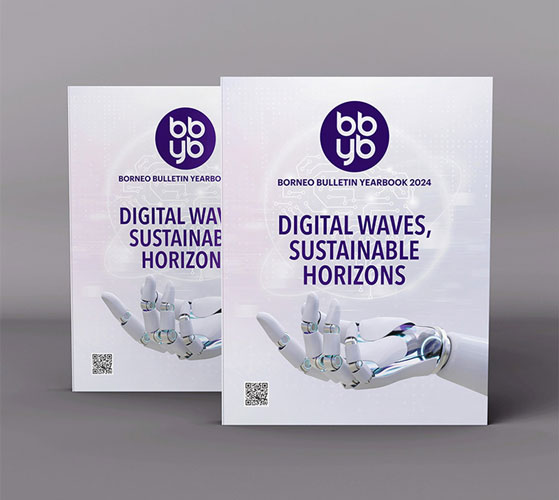When creative minds gather under one roof, ideas spark, connections bloom, and movements are born. Such was the energy at the recent Sabah Creative Economy Summit 2025 in Kota Kinabalu – an event that saw thinkers, dreamers, and doers from across the region converge for three days of dialogue and discovery.
Among them was Nuur Aqilah Ali, representing not just a Bruneian organisation, but a rising vision for Southeast Asia’s creative future.
“We registered as participants,” Aqilah shared, eyes bright with purpose. “I’ve been following SCENIC’s work since 2022, after meeting their CEO while we were both Chevening scholars in the UK.”
It’s a serendipitous connection that has since evolved into a regional collaboration of ideas.
Having previously spoken at SCENIC’s Social Entrepreneurship Summit in 2024, Aqilah recognised the 2025 edition – focused entirely on the creative economy – as a must-attend for them. “When I saw the theme, I knew we had to be there.”
The group’s attendance wasn’t merely symbolic – it was strategic.
As co-organisers of Brunei’s Creative Economy Week (CEW), Aqilah and her team saw the summit as an opportunity to learn, network and bring back insights to fortify their own programming.
A DUAL PURPOSE PRESENCE
“We’ve been committed to building bridges with regional creatives and policymakers,” she explained.
“This summit gave us the perfect setting to expand those networks.”
Indeed, their presence at the summit aligned perfectly with their growing reputation as a connector – whether it’s collaborating with the Embassy of Timor-Leste in Brunei Darussalam, or spearheading platforms like Kitani Film Club that spotlight regional storytelling.
With her background in research and policy, Aqilah approached the summit with openness and intent.

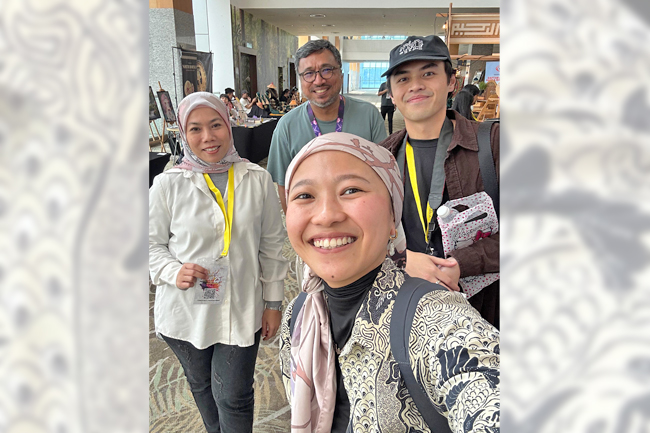
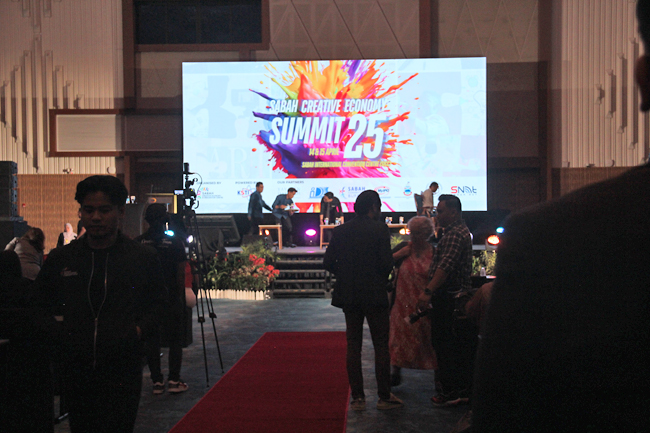
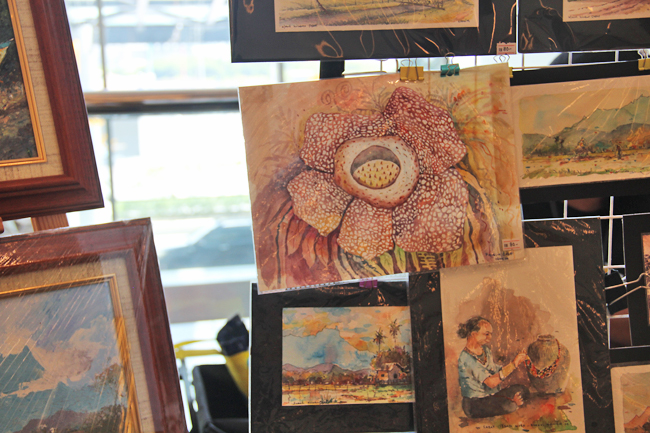
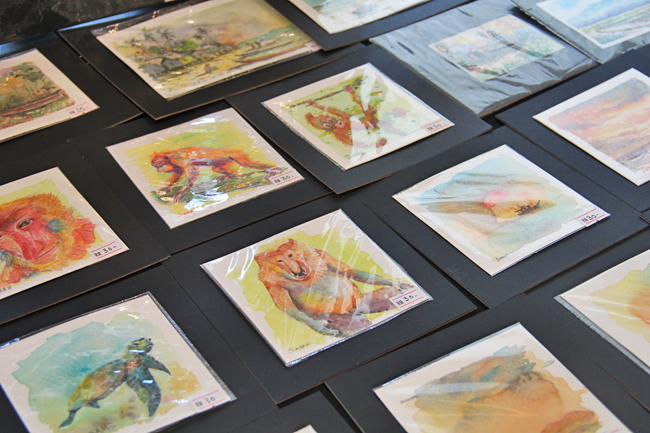
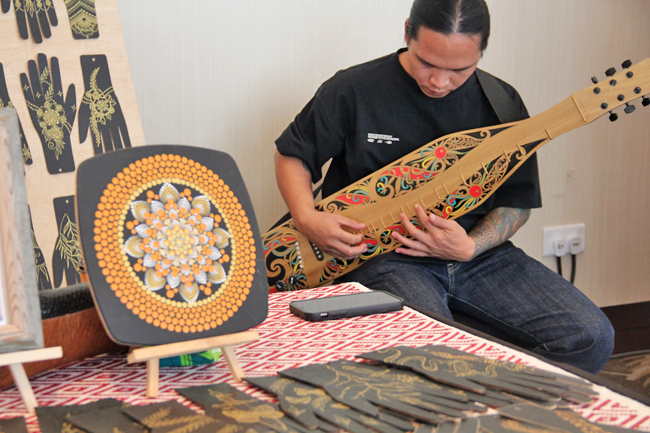
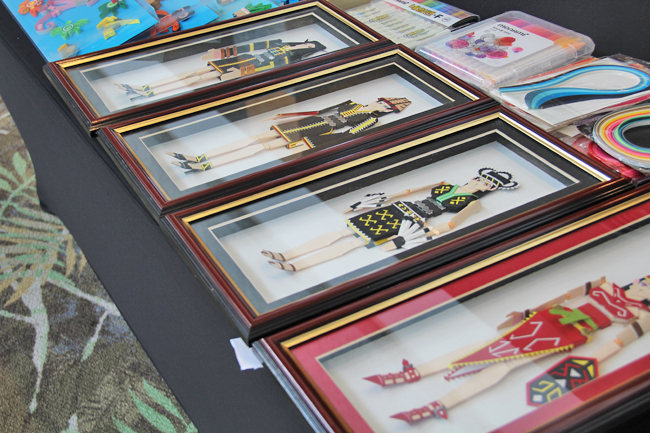
“It’s a different cultural context,” she reflected, “and I just wanted to absorb everything – see what’s working in Sabah and reflect on how we could adapt and improve in Brunei.”
What stood out most was Sabah’s deeply rooted sense of cultural pride – an expressive creative scene passionately tied to heritage.
For the team, whose work includes reinvigorating Brunei’s own traditions through design, media, and research, the Sabah experience felt like both a mirror and a map.
VOICES FROM THE GROUND
Among the group’s delegation was Mahmud Aziizi bin Mahmud Hoesaini, the group’s Creative Lead and a local artist in his own right. He was struck by the similarities between Sabah’s and Brunei’s creative challenges – and more importantly, their shared spirit of resilience.
“In both places, artists often struggle to find steady support,” he said. “But it was inspiring to hear how people find creative workarounds.
Like this film photographer I met – since there aren’t many film development facilities in Sabah, they collectively send their rolls to Peninsular Malaysia.”
His takeaway? “The strength lies in collaboration. From mentors to comic artists, everyone’s lifting each other up.”
REKINDLING BRUNEI’S CREATIVE PULSE
Aqilah was especially moved by the summit’s emphasis on education.
“It’s crucial to start young when nurturing an appreciation for culture and creativity,” she said. “Education shouldn’t be an afterthought. It should be the foundation.”
That sentiment echoed throughout the event, with one powerful refrain standing out: listen to the artists.
“It wasn’t just rhetoric – it was backed by action. In Sabah, there’s a belief that engagement with the creative community isn’t a cost, it’s an investment,” Aqilah emphasised.
“That’s something Brunei could truly benefit from as we develop our own creative ecosystem.”
While details remain under wraps, Aqilah hinted at promising connections forged during the summit.
Notably, the group is currently enrolled in the British Council Malaysia’s ASEAN-UK Creative Economy Policy Training Workshop, a six-week programme designed to strengthen creative sector policies in the region.
“We’re hoping not just to complete the programme but to deepen collaborations through it.”
COULD BRUNEI HOST SOMETHING SIMILAR?
“Absolutely,” Aqilah nodded without hesitation. She recalled Brunei’s 2012 Creative Industries Conference, once spearheaded by the Ministry of Culture, Youth and Sports.
“It’s 2025 now – we’re due for a new edition. That’s what CEW did in 2020 and 2021, and we’re hoping to organise another soon.”
For her, attending the summit wasn’t just about being present – it was about gathering seeds of inspiration and planting them back home.
“Sabah’s challenge isn’t a lack of effort,” she concluded.
“It’s sustaining that effort. And that’s where Brunei needs to look next too.”
As the creative economies of Southeast Asia continue to evolve, it’s clear that voices like Aqilah’s – are not only contributing to the conversation but actively shaping its future. And in that future, Brunei has a seat at the table, crayons and policy paper in hand. – Features Desk

